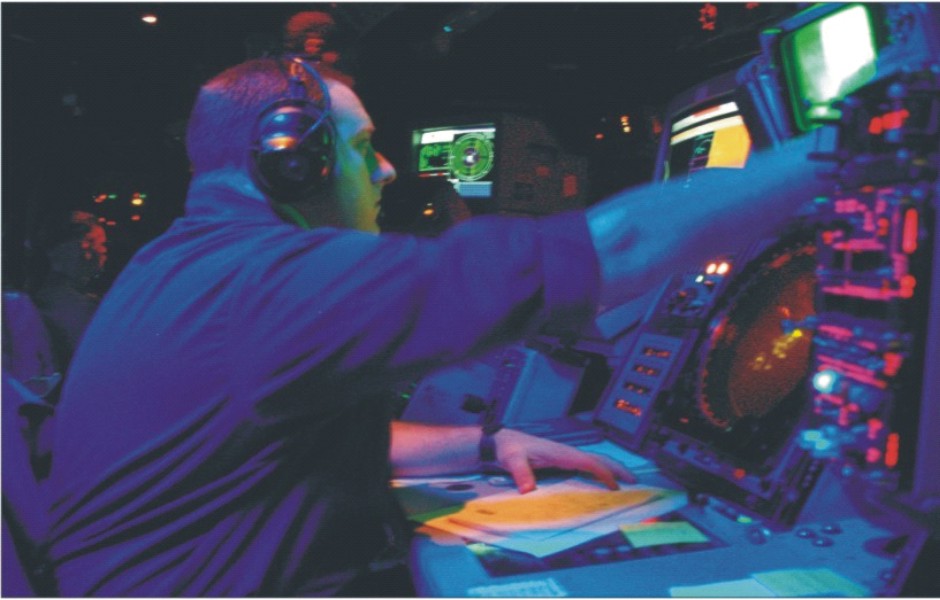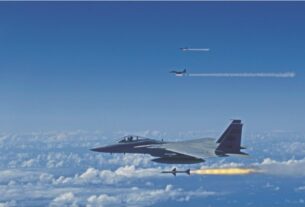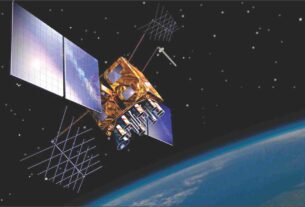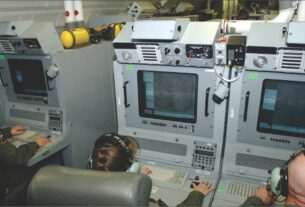| Fast data The often heard phrase ‘situational awareness’ is the product of several different types of information being made available to the commander in the battlefield to enable him to conduct maneuver warfare with a large measure of command and control over what can be a chaotic battlefield with no clear battle-lines. The end product is described in acronyms that stretch with the addition of either the method of collection/dissemination or the applications to which information is dedicated. Hence, C5ISR, when broken into its components, reads: Command, Control, Communications, Computers, Combat Systems, Intelligence, Surveillance and Reconnaissance. Here the five Cs encompass the physical components required to gather intelligence, conduct surveillance and reconnoiter the battle-space with a high degree of command and control over what is happening. In the final analysis each set of acronyms is intended to help the commander, be it at whatever level he is positioned, to direct action within his designated area of operation with a large measure of certainty about ground realities. He can analyze the intention of the enemy and his ability to successfully execute that intent and then proceed to try and intercept, disrupt and destroy him with all the ways and means at his disposal. Successful completion of operations makes for combat mobility and the ability to expand one’s area of operation with the help of C5ISR. Several such systems connected to a ‘network’ make for the modern concept described as network centricity, the key component of which is signal processing. Signal processing is the art and craft of systems engineering, electrical engineering and applied mathematical constructs that enables one side to gather sound, images and sensor data transmitted across time and space and either draw useful conclusions or sow distortions in enemy transmissions. In warfare this is known as Electronic Support Measures (ESM) which can turn into a slugfest of Electronic Counter Measures (ECM) and Electronic Counter-Counter Measures (ECCM) in the archane world of electronic warfare. More and more the attempt is to make the smallest unit of the order of battle- the section of ten men in the Indian Army-as self-contained in command, control and intelligence inputs to be able to execute its task with minimal casualties and faster timeframes than the soldier of yesteryears. Fog of war In short, he who can disperse the “fog of war” or the confusion and ambiguities that are a constant factor in war can be assured of success on the battlefield. “Fog of war” is defined as ‘the uncertainty in situational awareness experienced by participants in military operations’. It encompasses the lack of knowledge and hence the uncertainty about where and how one’s own forces are dealing with the tasks assigned to them, and the enemy’s deployment and war mission. Uncertainties and ambiguities are galore on the battlefield-there have been umpteen instances when large bodies of troops have lost their way or are unable to identify the objective intended to be captured/attacked. This is particularly true when communications have either perforce to be shut down and ‘radio silence’ maintained so as not to reveal one’s own position and intentions or when communications are either disrupted or distorted by enemy action. It can happen in either direction from top to bottom in the military hierarchy or from bottom to top depending either on natural causes or by malign enemy action. What is usually described as “intelligence failure” is usually a phenomenon afflicting the top echelon of a military establishment which has a trickle down effect on the rest of the fighting force. Intelligence, a core component of Command and Control is the product of very dedicated information gathering, analysis, collation and dissemination among those who “need to know”. Intelligence can be distorted by enemy action known as “disinformation”. False information about national interest perceptions and the creation of disinformation at the macro-level about likely responses and political motivations can lead to a misreading of intent as happened in India’s wrong interpretation of Chinese intent before the 1962 invasion. It could also be described as ‘self-delusion’. At the operational level as the tempo of the war increases so does the ‘fog of war’ which, increasingly is being sought to be dispelled at the ground level with the deployment of localized reconnaissance tools like unmanned aerial vehicles. This can fly beyond the forward edge of battle to gather more precise information about enemy logistics and deployment to enable the commander to so control the battlefield as to be able to create openings and exploit enemy weaknesses at given points. Uncertainties at the operational level can occur purely from physical reasons like the inability to see or hear elements of one’s own forces. It can also be induced by enemy manipulation of the electromagnetic spectrum through either jamming of signals or through a systematic pattern of disinformation that exploits the emerging uncertainties. Electromagnetic spectrum A large portion of the ‘fog of war’ is induced by enemy exploitation of the electromagnetic spectrum to interfere with the transmission of information and data between component units of enemy formations rendering it difficult to pass orders and receive updates on intelligence. Thus, Command and Control is adversely affected. Therefore, the constant effort is to reduce the effect of the uncertainties and confusion of the modern battlefield even though it is clear that they cannot be eliminated. This is because the process of electronic counter measures (ECM) and electronic counter counter measures (ECCM) must remain a constant process if a nation like India is not to be left behind in electronic warfare as encapsulated in the acronym C5ISR. It indicates the sophistication of the management of the electromagnetic spectrum. This in turn improves and assures Command, Control and Communications as the basic parameters of warfare. It will be noticed that computers play a central role in the whole equation. It could be said that it has, by its enabling qualities, come to dominate the battle-space. More and more efforts are being expended to make the computer impervious to hacking and disruption in what has come to be known by its own particular description-cyber war. The logic is that if one can jam or disorientate the Computer the disruption of the rest of its capabilities in intelligence gathering, surveillance and reconnaissance are also disrupted across the whole of the battle-space. Battle-space itself has come to comprise a unified military superstructure intended to integrate and combine the several difference kinds of armed forces in any given theatre of operations be it in the air, land, sea, space and the sphere of information. Information here relates to everything that will enable the successful application of combat power to complete the mission or to protect the force. It includes inputs like the weather conditions, foreknowledge of the terrain and management of the electro-magnetic spectrum in the chosen battlefield. Signal processing, since both the earlier analog as well as the modern digital processing coexist, is a complicated world of signal acquisition; echo cancellation; signal (both audio and visual) compression; and image interpretation and speech recognition are complicated exercises that need to be mastered to be able to make C of any power useful within the ISR format. |
|





